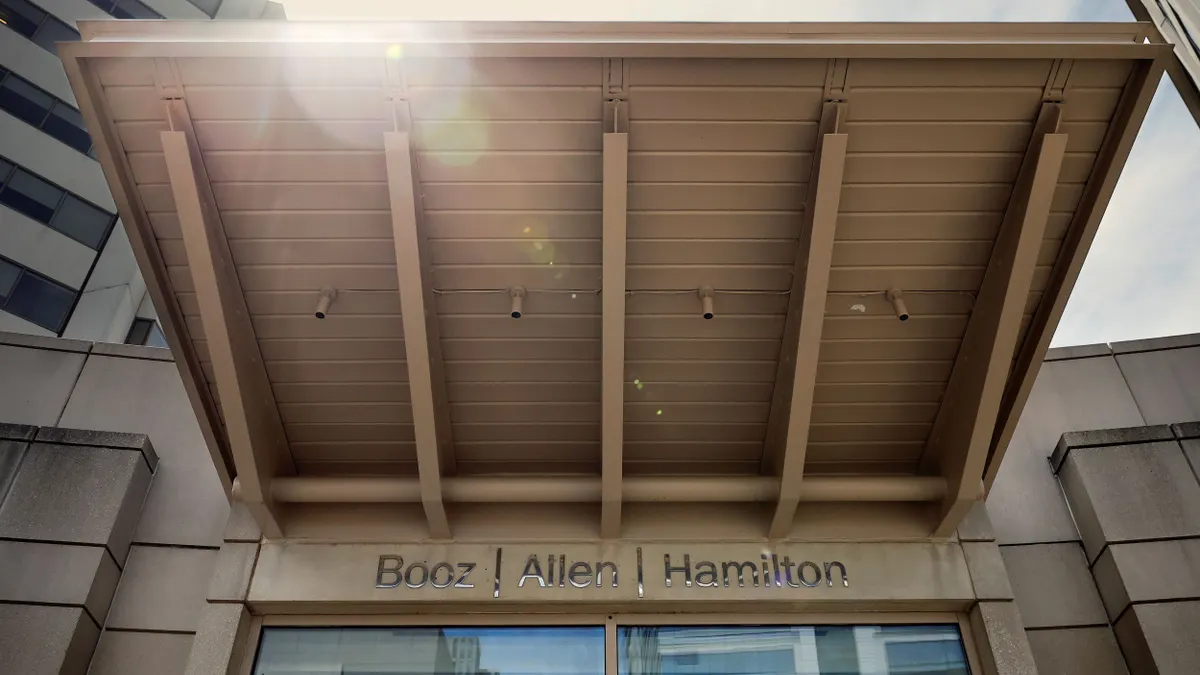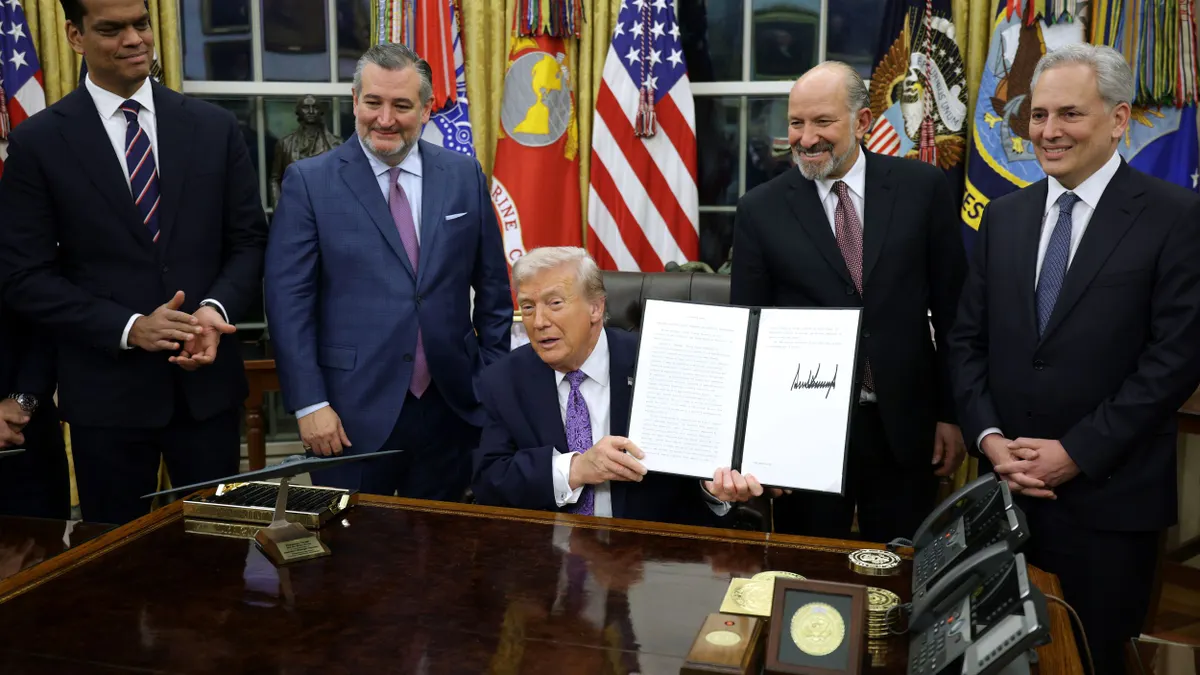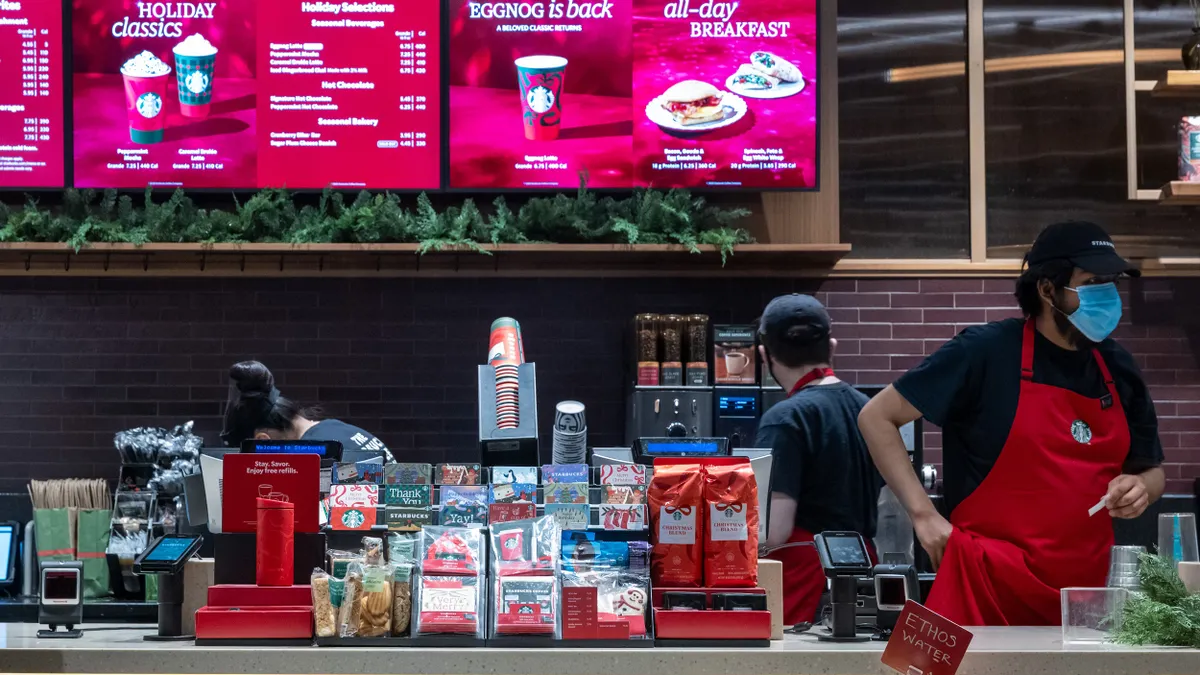Kevin Ingram took a chance in 2010 when he was overseeing the financial planning function at commercial real estate insurer FM Global. He was offered a temporary assignment heading up an operational function in the company’s U.K. office, a risky move that took him out of finance with no assurance of a job when he returned. But the move proved crucial in helping him land the CFO role at the company almost a decade later.
After he returned to the U.S. and was heading up the company’s corporate services operation, a board member took him aside and told him the move had made an impression with the company’s leadership.
“He said to me, ‘I want to tell you something. Your making the move … really said a lot about your confidence and your ability and your technical background and your wanting to understand the business,’” Ingram said. “‘I think that’s going to serve you very well as you go forward.’”
Ingram, who had had limited exposure to the board up to that point, said he was surprised the member was even aware of his job history. “To me, that spoke volumes about doing the right thing and staying with the company,” he said last week in a CFO Thought Leader podcast.
Agile leadership
Ingram joined FM Global in 1990, when it was called Protection Mutual Insurance Company, after six years as a public auditor with Ernst & Young predecessor Ernst & Whinney.
In addition to his U.K. assignment, which gave him operational leadership experience for all of the company’s non-U.S. business, Ingram credited his job heading up corporate services for the wide range of responsibility he was given that helped prepare him for the top finance seat.
“It started with responsibility for analytics and business process improvement,” Ingram said. “It expanded to risk management and a small, specialized business segment,” among other functions.
“Corporate services was … whatever the CEO decided it meant,” he said.
The broad experience over decades at the company attracted recruiters, but Ingram said he wanted to stay put.
“I had a lot of people knocking on my door, a lot of calls, but I wanted to wait and see what happened with FM Global,” he said.
Balancing costs and losses
FM Global, a client-owned mutual insurer, operates differently than other commercial property insurance companies, Ingram said. In addition to its insurance staff, it employs about 2,000 engineers who conduct research and prepare tens of thousands of loss resilience reports each year to help the company’s insured property owners lower their claim risk.
Lower claim risk is key to keeping losses down to help offset the company’s higher payroll costs. “Our loss cost has to be lower than our competitors,” he said.
Last year, despite the pandemic, the company’s combined total insured value (TIV) ratio, one of the metrics he follows to gauge company financial health, was about 92%, which means the company’s losses were about 8 percentage points lower than its revenue.
“If the combined ratio is below 100, you’re making money,” he said. “Every person in the company is incentivized based on profitability, so everyone pays attention to the combined ratio.”
It helped that the bulk of the company’s insured properties are in the manufacturing sector rather than the hard-hit office sector.
“People still need to make the products people consume, so there’s still going to be someone making the paper towels and the toilet paper and the cardboard boxes Amazon uses to ship everything that we’re now buying online,” he said.
Communicating risk
Trying to gauge the impact of events like the pandemic on its insured portfolio is the kind of analytical work Ingram oversaw as head of the company’s planning function, and is the reason for his first presentation before the board more than a decade ago.
That first board experience, in which he had to explain how the company calculated reserves to cover natural disasters, helped him appreciate the importance of communication to a finance leader.
“I explained that extreme events can happen,” he said. “A 10,000-year earthquake is certainly something that can happen, but it’s not something that’s likely to happen, so let’s talk about what’s likely and what’s unlikely.”
To do that, he drew on an unlikely experience he had in 2012. While playing golf at a rating conference he made a hole-in-one, something analysts say an amateur like him has only a one-in-5,000 to one-in-12,000 chance of achieving.
“I told them I’m living proof that extreme events do happen,” he said. “So, we need to make sure we maintain enough capital to help the business through these extreme events when they do happen.”





















